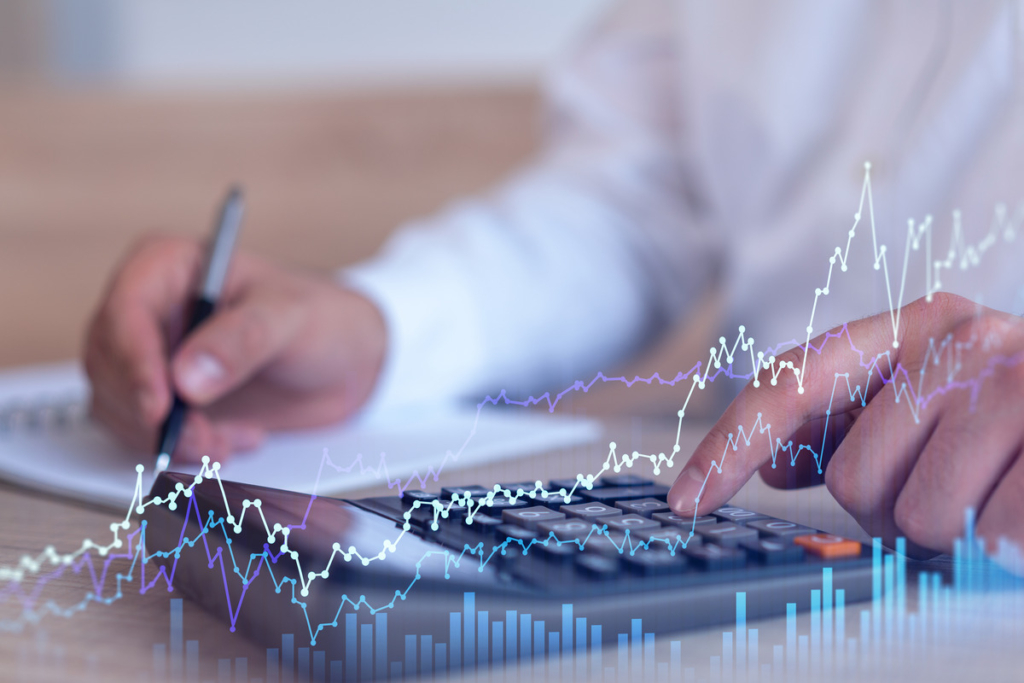As you learn more about Forex trading, one of the terms you’ll likely hear about and use a lot is pip. Traders use the term to describe the profit or loss in a position they opened and to determine the price movement of currency pairs. In this guide, we’ll explore what PIP means by answering questions like what is pip in Forex trading and how to calculate it.
Understanding What a Pip Is
What is a pip in trading? The word Pip is short for “Percentage in point”. It is a common convention in forex trading that refers to the smallest whole unit movement that a currency can make in a forex market.
The Role of Pips in Forex Trading
The pip is an important forex trading concept that signifies the smallest amount of movement made by the market price of a currency pair within a specific trading period. For example, say you purchased a currency pair for 1.1360, then the price changed to 1.1365 after a given period. The difference between both prices is 0.0005 and that means the pips is 5.

How to Calculate Pips: A Step-by-Step Guide
Knowing how to calculate pips is a crucial part of pips trading. Since most currencies are paired to four decimal places, the smallest whole unit move a currency pair can make is in the fourth decimal place. This is 1/10,000th of the currency. For instance, the smallest whole unit move of a USD/CAD currency pair is $0.0001, which is equivalent to one pip. However, for a currency pair quoted to just two decimal places such as the Japanese Yen, the smallest possible price movement in pip trading is 0.01.
To calculate the actual value of a pip for a specific position size, the formula is
Pip value = (pip size / exchange rate) x position size.
For instance, with a USD/CAD currency pair where you bought 10,000 USD against the CAD at a rate of 1.2829, then sold at 1.2830, you have only made a profit of 1 pip. In this case, the pip value will be calculated like this:
Pip value = (0.0001 ÷ 1.2829) x 100,000 = $7.79
The Importance of Pips for Traders
Now that you know what are pips in forex, how is this important? As a forex trader, it is important to understand how pips work because it helps to quantify the potential profit or loss associated with a price movement so you can make trading decisions in a way that efficiently manages your leverage and risk.
For instance, if a trader entered a long trading position on a GBP/USD pair starting at a 1.5000 price, and then the price moved by 30 pips to 1.5030, the price has moved in the trader’s favor and ends in a profit for the trader. Conversely, if the price movement is 30 pips in the other direction, with the exchange rate falling from 1.5000 to 1.4970, the trade ends in a loss. The actual money value of what the trader has lost is calculated by multiplying the number of pips by the lot size of the trade.
In addition to measuring price movement, profit and loss, traders also use pips in trading to manage the risk of their forex trade by calculating the amount of leverage to use. For instance, a trader can use the number of tips to set a stop-loss order to limit losses on a trade if the price movement is in an unfavorable direction.
Pips vs. Points: Key Differences Explained
Like Pips, Points is another term commonly used to describe price changes in a forex market. But what is the difference between pips and points? While the pip is the smallest price move that an exchange rate can make, the Point is the largest price change. Consequently, unlike pip which is a fractional change on the right side of the decimal, a point is a whole number change and refers to changes in price on the left side of the decimal.

Frequently Asked Questions About Pips
What does pip mean in forex?
In forex trading, Pip stands for point in percentage and it refers to the smallest whole unit price move that a currency can make in a forex market.
What does a pip represent in trading?
In trading, a pip represents the smallest possible change in value between two currencies.
How are pips used in forex trading?
Forex traders use pips primarily to calculate profit or loss both in terms of pip value and actual currency value. The pip can also be used to analyze price movement in a given market to determine volatility or to compare different trades in order to make trading decisions. When placing a trade, pips are used to set stop loss or take profit orders.
What is the difference between pips and points?
Although people often use both terms interchangeably, pips and points refer to different things. The pip is a smallest fractional change, typically on the right side of the decimal. The point on the other hand is a large change to the left side of the decimal.
How do you calculate pips in forex?
The pips is the last fraction digit of a price change. Typically determined by calculating the difference between the starting price and ending price of a price movement.
Why are pips important for traders?
Pips play several roles in analyzing price movement in any trade. Traders use the pip value to determine the profit and loss, the volatility of a market and the spread of a currency pair among other things.







